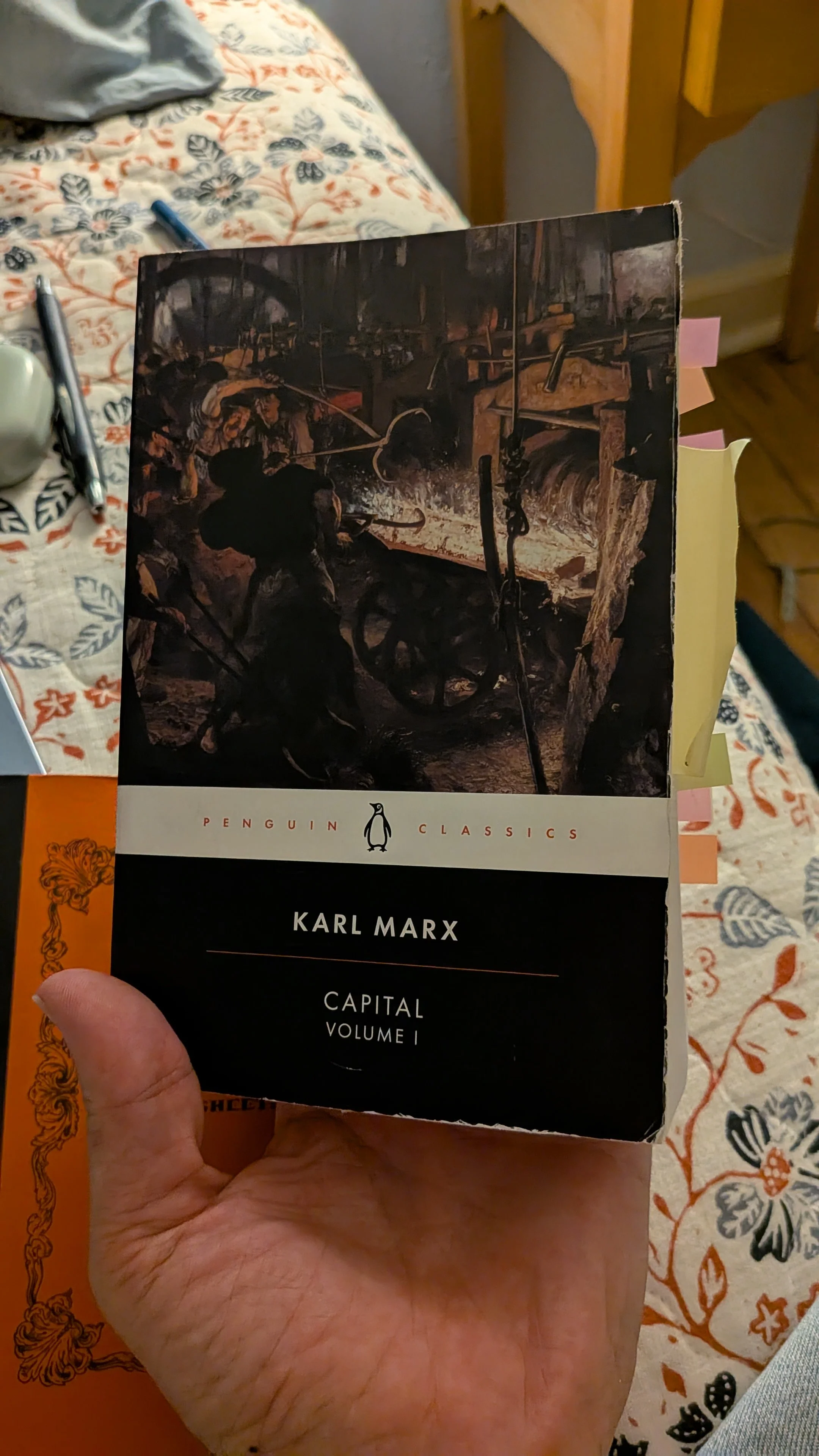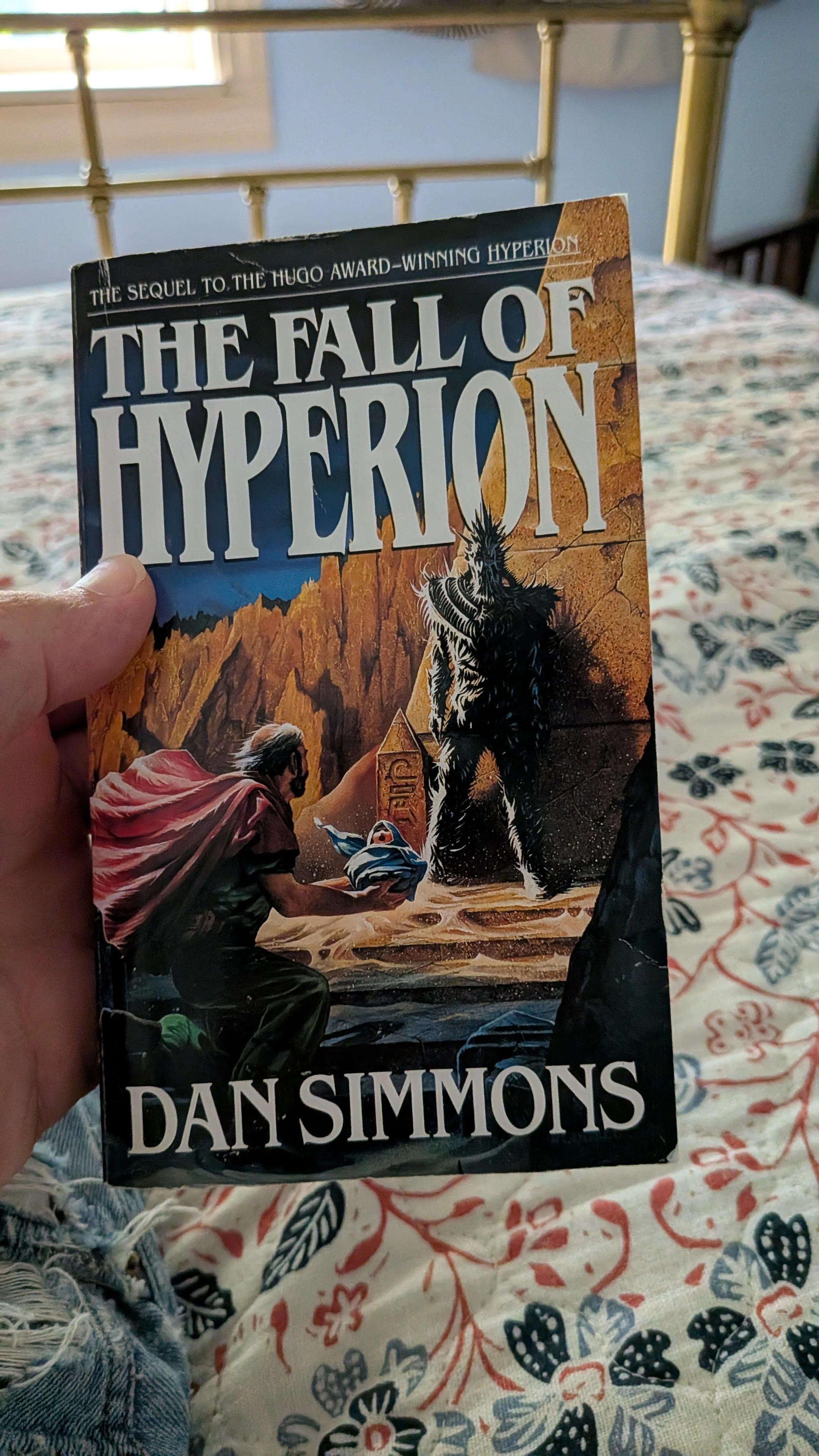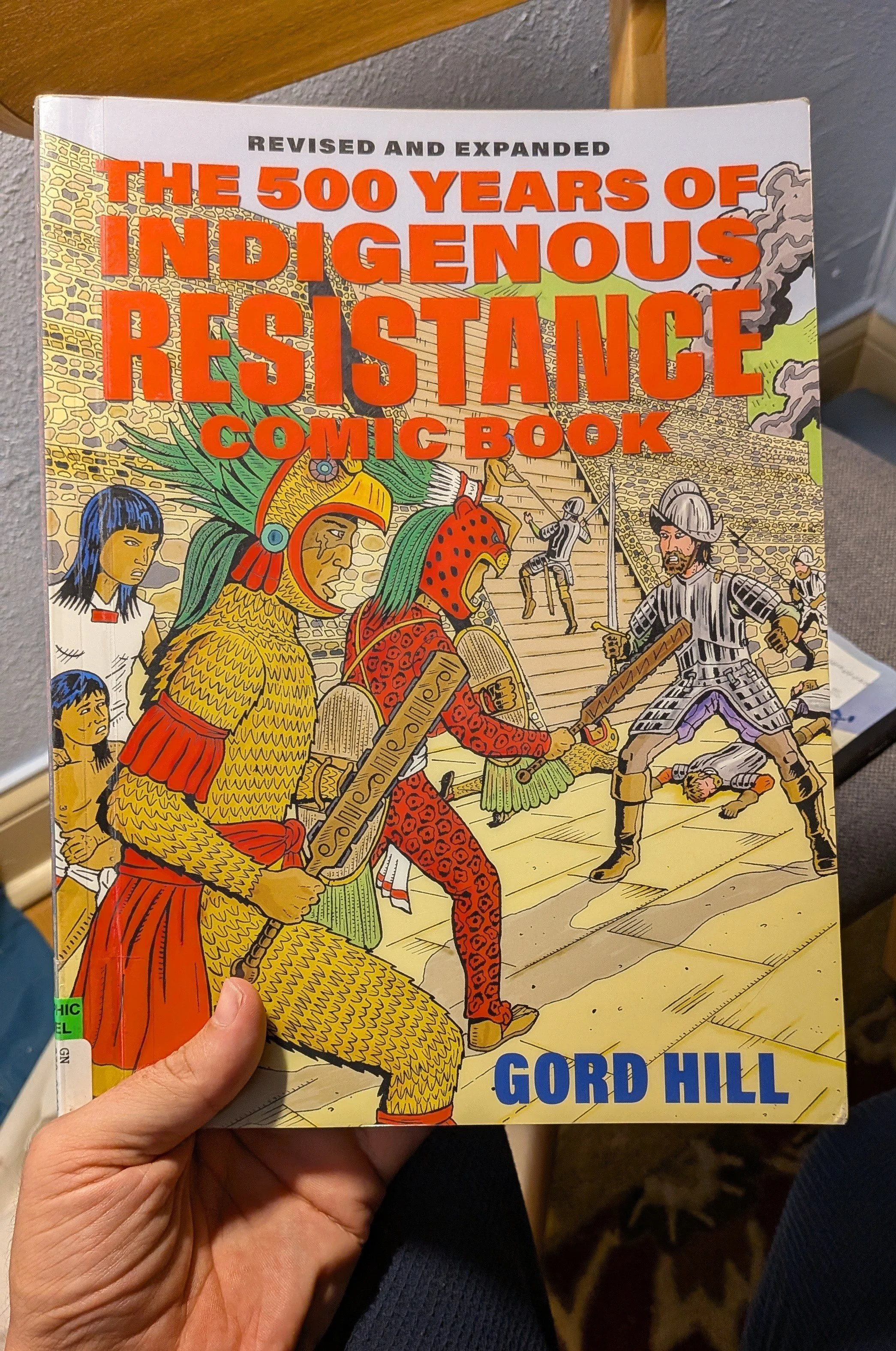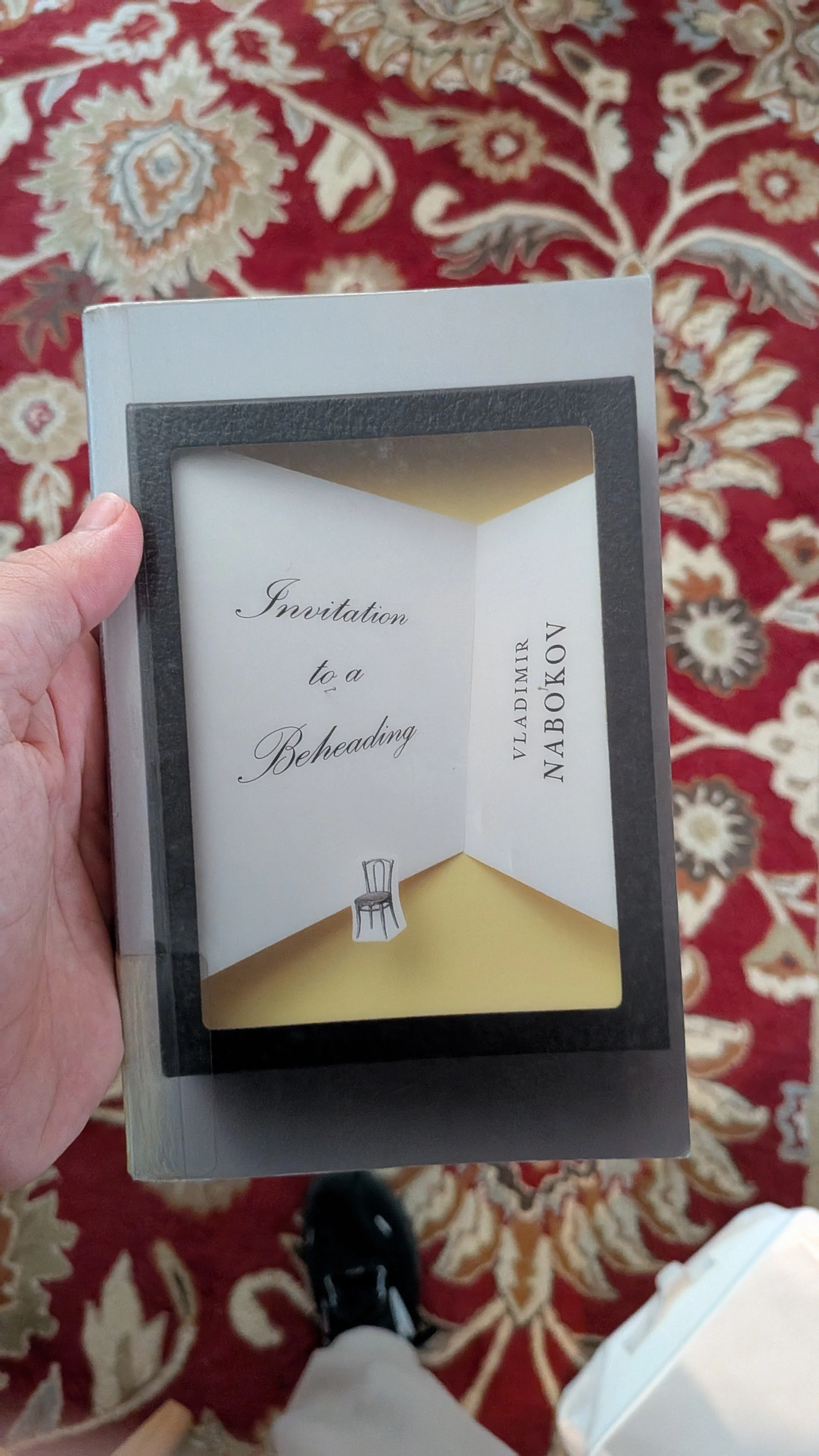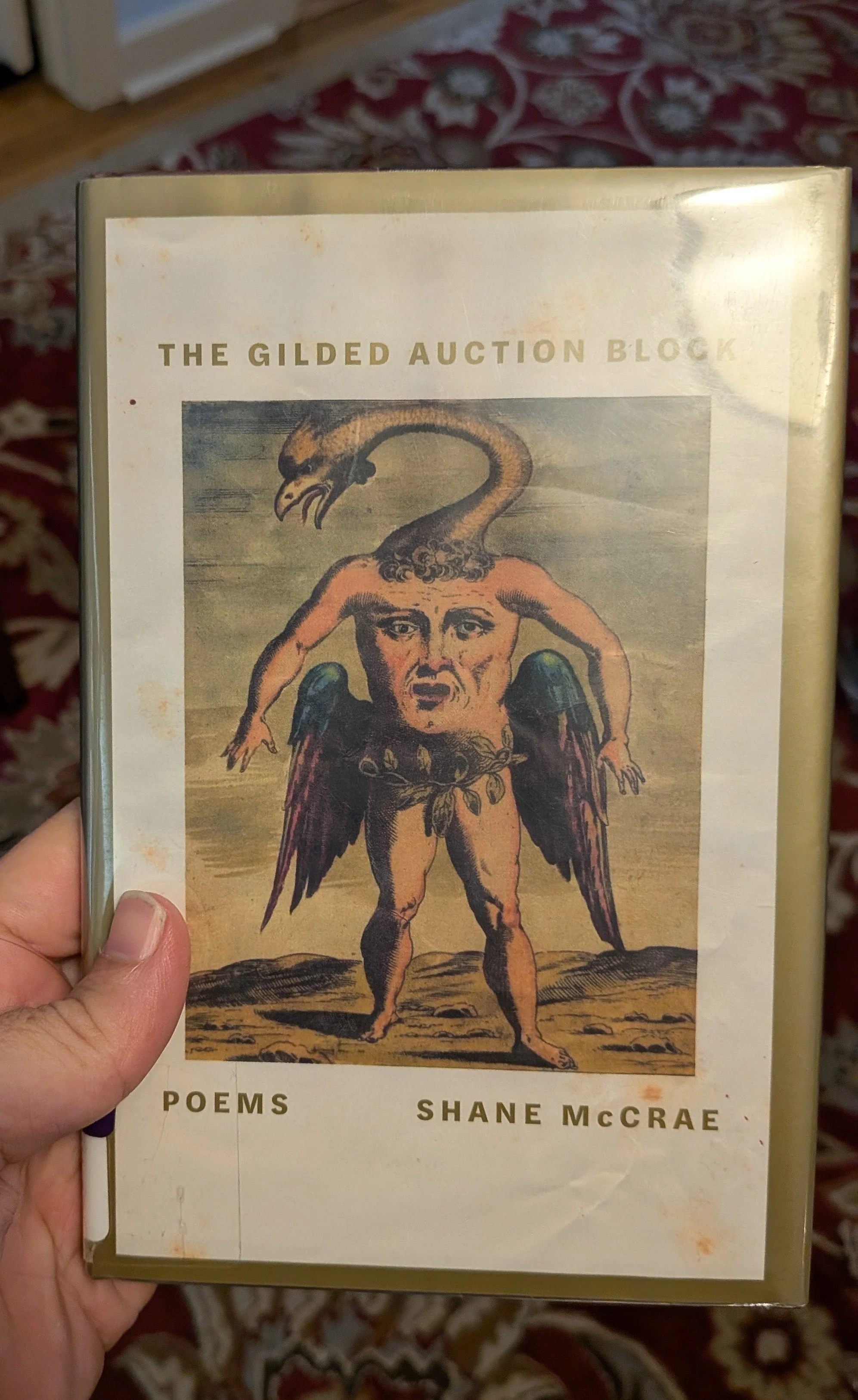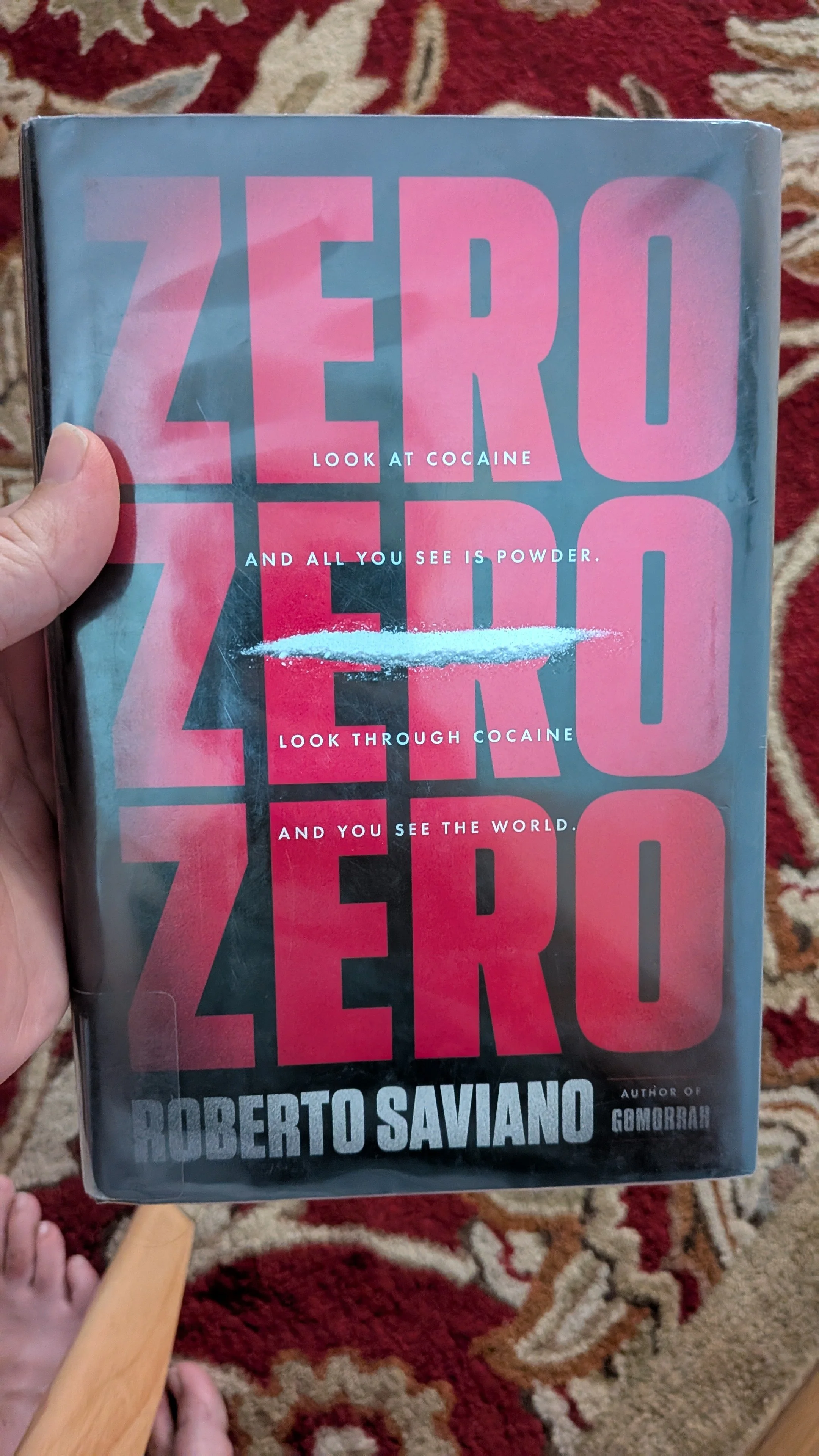SOLDIER OF ARETE - GENE WOLFE
Polishing off the last couple of books for the year and taking a bite out of another Wolfe series. I’ve now read two out of three of the “Latro” books, though the third was written much later and there seems to be some discussion about how included it should be. I’ll read it one day and weigh in, but for now, this book is very much an extension of the last one. The story is the same, there is a soldier in ancient Greece named “Latro,” which actually isn’t his name. He doesn’t know his name, or much of anything because he angered a god and now is cursed to not remember anything longer than a day. On his quest to recover his memory and figure out who he is, he encounters all sorts of people across Greco-Persian war ravaged landscape. He also meets gods and mythical creatures. His injury/curse also allows him to see and speak with the gods whose own plans and rivalries and personalities make up the hidden section of the book. I say hidden section because, as is the fashion with Wolfe, there is the story you are actually reading, and then there is a hidden plot, that you have to figure out through the clues. The conceit of the book is that you are reading a scroll that Latro is writing on to help him remember what happens, he frequently rereads it and asks people around him what certain events he reads about meant. So you have to read what Latro writes down, and then put it in the context of what we know happened before, though he doesn’t, then add another layer where another character will later fill us in on something, or explain what happened in a gap. And, of course, you have to decided if you think these characters are telling the truth. Then there is the added dimension that Latro doesn't write in the journal everyday, and he doesn’t know how long it is between entries so we have to figure out where the gaps are and what happened during them through clues. It’s a really crazy game Wolfe is playing, and it’s all to say that it’s very silly to try to review it after one read. I’ll be honest, there was an entire and very intricate plotline with the gods and their battles and alliances which is clearly the deeper “point” of the book which was often quite subtle and between the lines. I would have to read it again much closer to “get” a lot of what happened, I suspect. You only find out late in the book, for instance, that one character was a centaur. It was cool to find out that the character known only to us as “the black man” in the previous book, he’s Latro’s oldest friend, is actually named Seven Lions. The quasi-love story with Io is one of the strangest and most unique relationships I’ve read in a while. Certainly something that I need to read again, tho, honestly, I feel like in terms of potential return on a reread, the Solar Cycle books are so far ahead of these two that it’s not even worth considering. But these were quite fun. My understanding is that the third book in this series was written much later and, in a typical Wolfe puzzle, might not actually be about the same person, so I might hold off on that one for a while. But does appear to be about Egypt instead of Greece so my interest is piqued.










